In many cases, ceramic coating your paint is absolutely worth the price. It provides great protection against contaminants and minor scratches, all while making the vehicle much easier to clean up. Coatings aren’t for every car or owner though. It really comes down to how you use and care for it.
During my detailing years, I had numerous customers ask me to polish and coat their cars. I had to talk some of them out of it because I knew it wasn’t suitable for them. Coatings are expensive and you need to make sure the benefits are worth it to you.
Table of Contents
I have plenty of real-world experience with applying ceramic coatings and yet I’ve chosen to only coat two of my vehicles (while continuing to use wax or sealant on the other two). Hopefully, my reasoning for this will help you to decide if ceramic coating is right for you.
Should you ceramic coat your vehicle?
Ceramic coating is not a one-size-fits-all solution to protect your paint. For some people, it’s life changing. After a few washes, you’ll wonder how you ever lived without it.
For others, you might feel let down, thinking it was going to make a bigger difference. I’ve talked to both types of car owners. So which vehicles will benefit from a ceramic coating and which ones won’t?
The vehicle that should be ceramic coated:
The vehicle that would be better off with a sealant:
The vehicle that only needs wax:
Ceramic Coating Pros
Ceramic Coating Cons
The benefits of ceramic coating
Everyone loves to talk about the upsides of ceramic coating. It’s all over the internet. I’m just going to speak about these briefly because a quick search will reveal tons of positive information that’s already out there.
Keep in mind that most of the people sharing ceramic coating info are trying to earn money from your decision. Are they going to give you the complete story? Maybe…
Ceramic coatings offer better protection than waxes or sealants, hands down. They also last much longer – usually multiple years. Many professional grade coatings even offer warranties. They repel dirt and water like nothing else, which makes them easier to clean. Their slickness and deflection helps to prevent swirl marks and marring from washing.
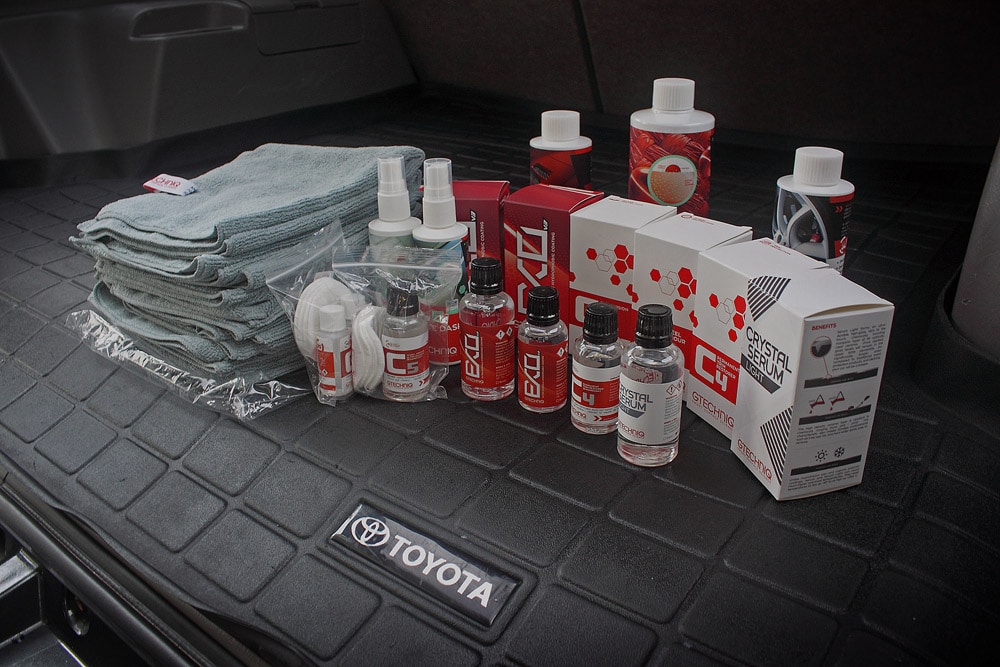
My own personal vehicles – why I coated some of them but not all:
I’ve applied ceramic coatings to two of my four vehicles. My Harley Davidson and my Toyota 4runner are both wearing Gtechniq ceramic coatings. My third vehicle, a Toyota MR2, will never be ceramic coated. Why is that?
After speaking with a company rep I chose to stick with my tried and true paint sealant. A bit about the car: it still has most of the soft, original single stage paint, it’s been buffed so many times that the paint is very thin, it’s garage-kept, and it’s really only driven in nice weather.
Why I DIDN’T coat my MR2:
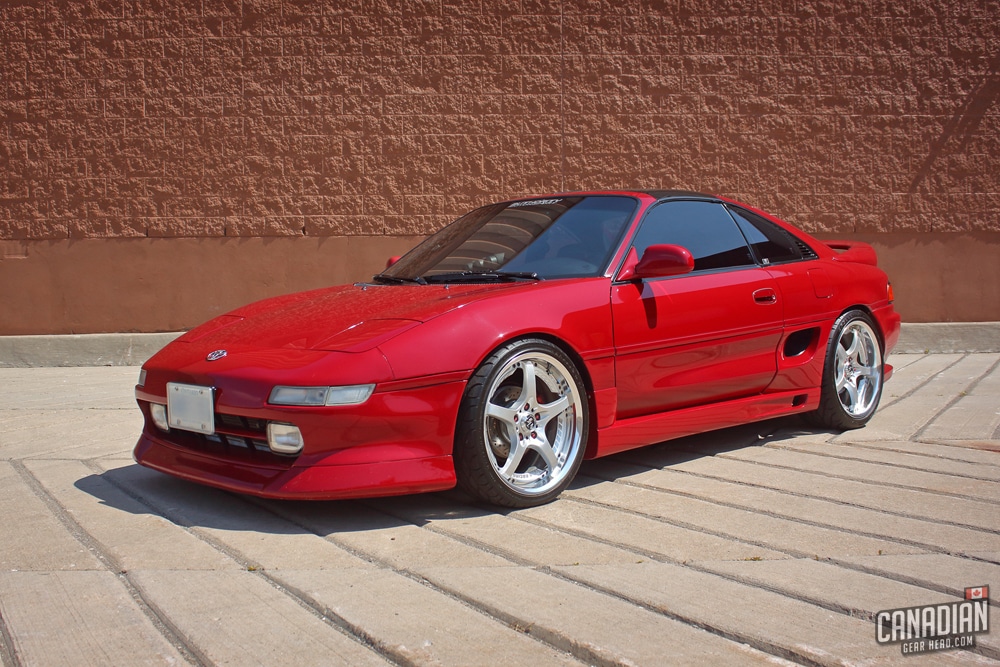
1. The company told me that although the coating will work on single stage paint, it will be difficult to wipe off the excess product.
2. That combined with the soft and thin paint meant that it was highly possible I would add new scratches when trying to wipe off the excess coating. Should something go wrong, the only way to properly remove the coating is to compound it off. This car doesn’t have enough paint left on it for me to compound again so a mishap would result in a complete paint job. No bueno.
3. I had nothing to gain. The coating makes it easier to clean, but the car doesn’t get dirty. The coating protects against UV rays, chemicals, and bird droppings. The car is rarely exposed to those.
The coating lasts longer than a sealant or wax, but this car is garage kept. Sealants and waxes can last 3 or 4 times longer on a vehicle like this in my experience. The coating protects against swirl marks and wash marring, but again, it just wasn’t worth taking the risk.
I didn’t like the way the odds were stacked up. Sure, ceramic coatings have many benefits. The MR2 wouldn’t have been able to take advantage of them though. Plus, if something went wrong with the coating, I’d have to repaint the entire car. The choice was pretty simple at that point.
Make sure to read this post about choosing the right ceramic coating if you’re thinking of having one applied to your car.
Why I ceramic coated my 4Runner:
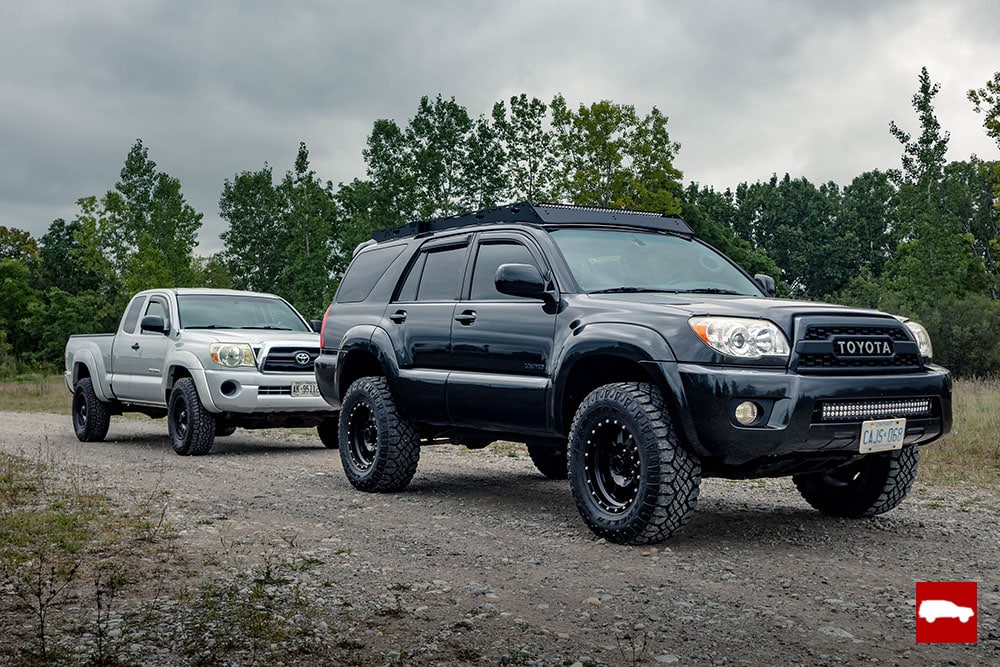
My 4runner is my daily driver. It has over 200,000 kms on it and sits outside for 365 days a year. I drive it in the worst winter conditions. I take it off roading in the mud. And despite all of that, I like to keep it looking its best.
I chose to ceramic coat this vehicle because I wanted the best protection possible. It will go for weeks at a time without being washed, all the while sitting in the hot summer sun. Knowing that I neglect it from time to time, I wanted to make sure that it was protected. So was the ceramic coating the best option?
Yes and no.
The industry led me to believe that having the best available protection meant that it could handle the most abuse and negligence. That’s not necessarily the case. This is one of the ceramic coating myths that I’ll share down below.
I will say that I’m happy overall with the coating on the 4runner. Once I learned what kind of care it requires, I’ve found the protection it offers is worth the price. Keep in mind that I apply coatings myself, so I only had to pay for the product. Had I paid over $1,000 in labor to have this done, perhaps I’d feel differently in terms of value.
Read more to learn why ceramic coatings are so expensive.
Why I DIDN’T coat my Tacoma:
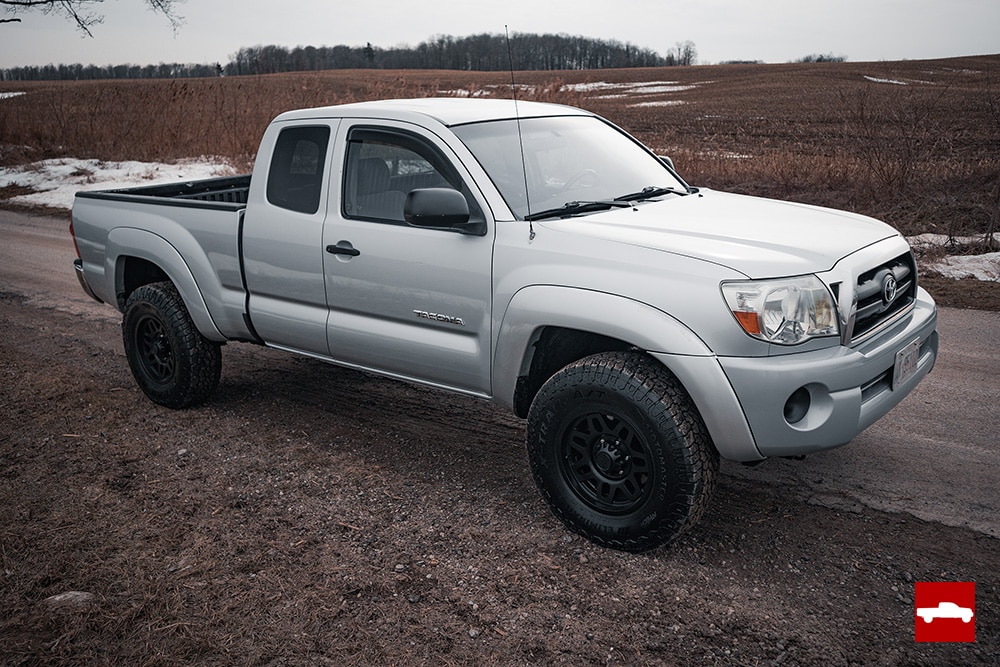
This old girl has 340,000 km on the clock and despite looking decent in photos, isn’t exactly a show truck. The condition of the paint isn’t quite up to my standard and that’s not something I want to lock in semi-permanently with a coating.
The Tacoma is at the bottom of the priority list around here and that means it can go for pretty long periods of time without being washed. Most ceramic coatings are not a fan of that and will get clogged up with dirt and contaminants.
When that happens, they stop performing and behave like an uncoated surface until you do a thorough cleaning and decontamination.
This truck is a great test subject for waxes, sealants, and even si-o2 sprays.
Why I ceramic coated my Harley Davidson:
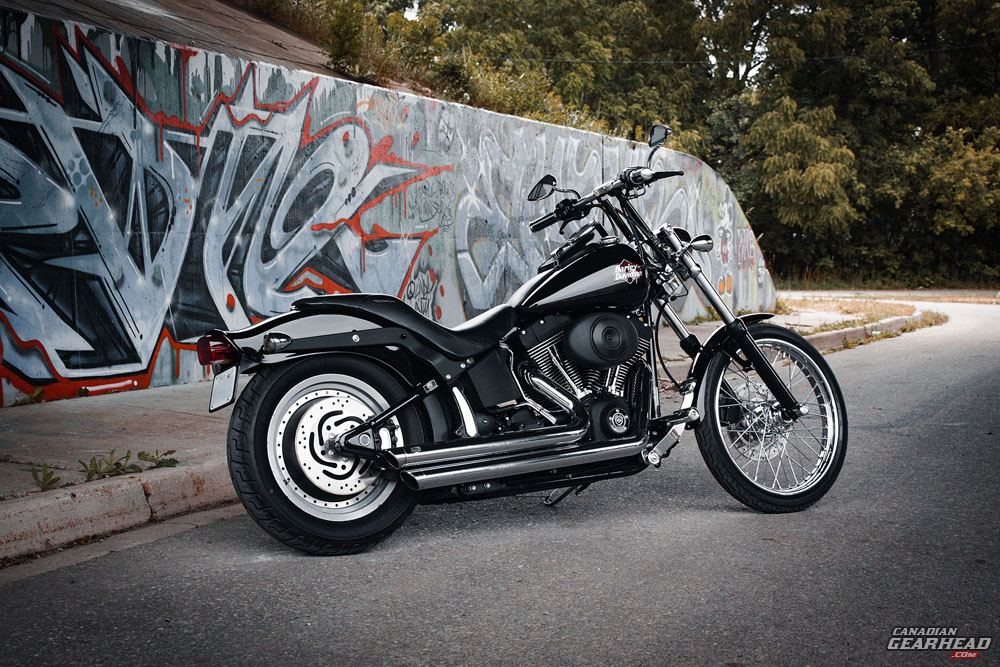
As for the Harley, the decision was pretty easy. The only painted surfaces on it are the gas tank and fenders. I was able to use the leftover product from the 4runner to do the bike at no cost.
Harley Davidson’s Vivid Black paint is notorious for being soft and easy to scratch. I figured the ceramic coating would help this, and it did! It didn’t completely solve the problem though, leading me to Ceramic Coating Myth Number 1:
Ceramic Coating Myths:

1. Your vehicle will be “scratch-proof“.
Some companies will even go as far as showing their coating being keyed or scratched with a lighter. The truth is, ceramic coatings are scratch-resistant, NOT scratch-proof. There’s a big difference. A fancy water-resistant watch will work fine if you accidentally leave it on in the shower. Point a pressure washer at it for hours however, and you’re likely to run into some problems.
The same logic applies to your ceramic coating. If you follow proper safe washing procedures, you’ll see a huge decline in swirl marks and wash marring. If you wash your car with steel wool though, it’s not going to save you.
When the crazy guy you cut off on the highway keys your car in the parking lot, you’ll be heading to the body shop no matter what. You’ll also be paying to replace your coating as well.
Still curious? Click here to learn more about why ceramic coatings won’t save your car from scratches.
2. Coatings provide more gloss than sealants and waxes.
If you park a ceramic coated vehicle next to an uncoated vehicle, it’s possible that it will appear to have more shine and gloss. Is the gloss coming from the coating itself? The manufacturers would love for you to believe that it is. That’s probably not the case though.
You see, one very important requirement for applying a coating is to make sure the paint is perfectly polished and defect-free. Any scratches, contaminants, haze or swirl marks will be locked under the coating if they’re not removed first. Those defects will affect the way the light bounces off your paint, making it look less glossy.
Polishing your paint first isn’t a requirement for waxes and sealants. If you do choose to polish it before sealing it, your paint will look as good or better than a ceramic coated car. The coating isn’t providing much gloss – it’s the prep work done underneath that really makes the difference.
3. Ceramic coatings are meant for people who don’t take care of their cars.
The truth is the exact opposite. Despite their high levels of protection, the reality is that ceramic coatings just don’t like getting overly dirty. In my experience, leaving dirt and grime on a coating for a long period of time makes it harder to clean. The contaminants will stick to it and your PH-neutral soap will have a hard time getting them off.
In the case of my 4runner, it seems to need at least 2 washes for the water beading properties to come back after I’ve left it dirty for too long. The best way to care for your coating is to wash it carefully, and often. Stay on top of maintenance. The benefits of a coating are much more apparent when it’s kept clean.
4. Your vehicle will be protected from stone chips.
Ceramic coatings are not thick or flexible enough to absorb the impact of a rock hitting your paint at highway speed. The only way to protect your paint from stone chips is with a high quality paint protection film. These films tend to be much more expensive than ceramic coatings.
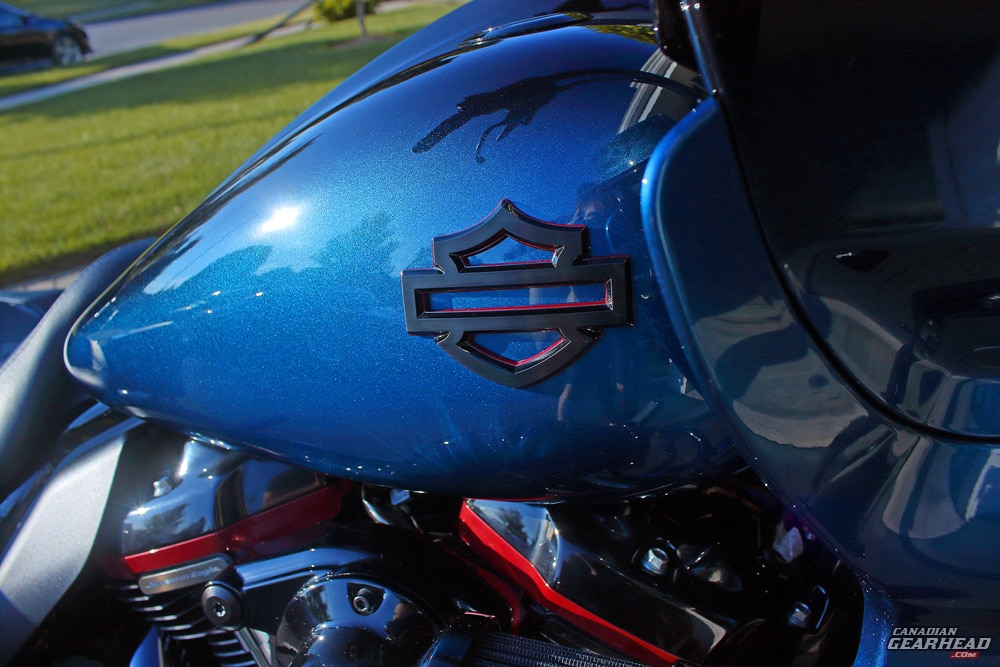
5. You can skip straight to applying a coating if your vehicle is brand new.
You’d think this one would be true, but it’s not. Unfortunately, most new vehicles will be delivered to their owners with defects in the paint. Sanding marks and holograms from improper buffing are the most common.
Sometimes repairs are needed due to issues with the painting process or damage done to the vehicle after it leaves the factory. Car companies don’t spend the time or money to repair them properly, so these “fixes” will show up under certain lighting conditions.
If your car sat on the dealer’s lot for some time, it’s also very possible that it’s been washed incorrectly. That means it’ll already be covered with swirl marks. Unfortunately, this applies to every car company, from Hyundai to Ferrari. Your paint will need to be properly inspected and corrected before it’s ready for a coating, regardless of whether it’s new or not.
6. Ceramic coatings will last for years because they have warranties.
It’s hard to say for sure how long any coating will last. Certain variables will affect this such as the way the vehicle is washed and the climate it lives in. Many businesses will offer warranties on their coatings to give you peace of mind, but that doesn’t necessarily mean that they’ll last as long as they say they will.
They usually have requirements to keep the warranty valid. You need to have proof that you washed the vehicle correctly and as often as they recommend. Sometimes they’ll even make you reapply the coating over time to qualify for the warranty.
They have these loopholes to protect themselves if the coating fails prematurely. Much like any other warranty, they’re not expecting everyone to follow the rules perfectly and that’s an easy way out.
It’s best to think of your coating as a sacrificial barrier of protection. It may last many years, or it may have to sacrifice itself early to protect your paint. It doesn’t buy you a guaranteed amount of time and there is no such thing as a “lifetime coating”. Don’t fall for that.
Read more to find out how long your ceramic coating will last.
7. Anyone can apply a ceramic coating themselves.
The coatings that offer the most protection for the longest amount of time are for professionals only. The reason for this is that the coating is so strong that in the event something goes wrong it can only be removed by wet sanding. The companies don’t want the liability of you messing up your paint, so they only offer these to their accredited detailing businesses.
There’s usually a process required to become an accredited detailer. It involves proving to the company that they are experienced and know what they’re doing. Finding one of these detailers will give you peace of mind knowing that they have the right skills for the job.
Most ceramic coating companies have a milder “prosumer” version of their flagship coating that they offer to DIY detailers. It might seem like anyone can apply these themselves without problems, but that’s not always the greatest idea.
The application can still be tricky, and you need to have a very clean environment with correct lighting to do a proper job. In my opinion, unless you have plenty of experience with paint correction, these coatings are also best left to the professionals to apply.
These don’t need to be wet sanded to be removed, but if you have any leftover high spots it will certainly require compounding and polishing to fix. It’s not always as easy as the guys in the videos make it look.
Click here to learn why some DIY ceramic coatings are bad and how to spot them.
8. Ceramic coated vehicles can be washed with water only.
Perhaps if your car is just slightly dusty, you might be able to get away with rinsing it off and blow drying it. If you’re going to touch your paint though, water is never enough lubrication on its own.
Any company that claims you can use only water and a towel to wash your vehicle should be avoided. That will surely cause scratches. You need to use a soap that’s recommended for ceramic coatings. That brings me to the next point I’d like to discuss:
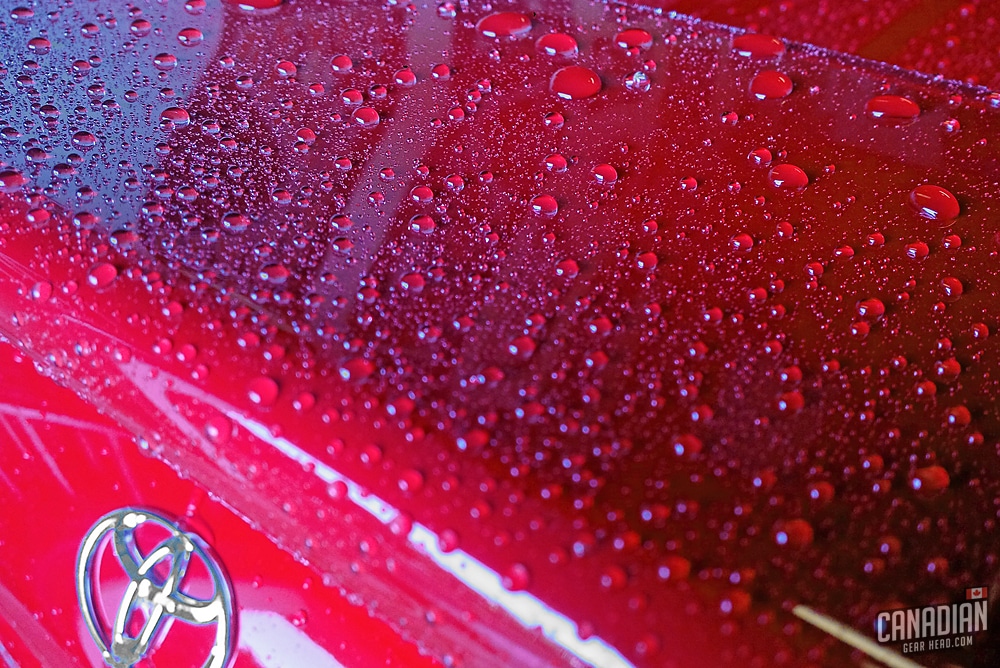
Most coating companies recommend that you only use PH neutral soaps to wash your coated vehicle. There’s nothing wrong with that in itself. These soaps are the safest to use because they’re so mild. We originally started using them because they won’t strip the wax or sealant from our paint.
The problem arises when you’re dealing with a very dirty vehicle. If your soap isn’t strong enough to strip a wax or sealant, that means it’s also not strong enough to remove road grime, oils, and even bug splatter. So if you choose to stick with these mild soaps, you need to wash your vehicle often to keep it from getting to the point of being “dirty”.
The other option is to use stronger chemicals and cleaners but then you could be risking the longevity of your coating. You see, the base coating is more than strong enough to withstand this treatment, but most coatings are done in 2 separate layers.
The base coating is tough and needs to be sanded or compounded to be removed. But the top coating that adds the extra gloss and hydrophobic properties (the fancy water beading) is much easier to remove.
How easily it comes off will vary depending on the brand of coating and its age. Yours might hold up to the use of stronger chemicals. But with the cost of ceramic coating, do you really want to take the chance to find out?
I learned this the hard way with my 4runner. I used a diluted all-purpose cleaner to help break down excessive dirt and after a few washes, it stripped my coating’s top layer.
Not sure what cleaner to use? I share 4 easy to find coating friendly soaps here:
Ceramic coating is a money-maker
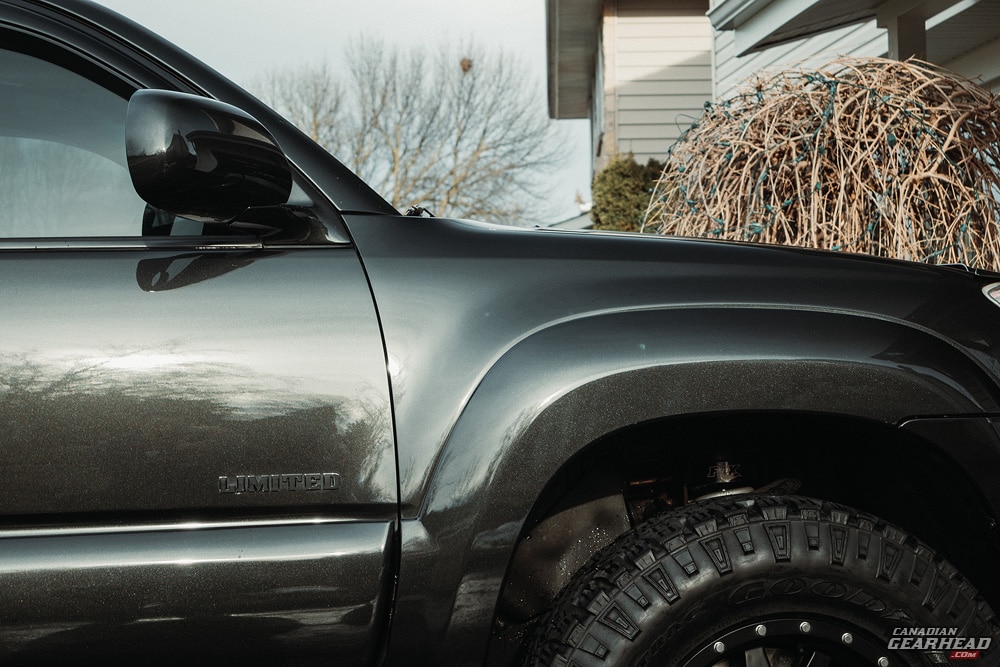
I believe businesses should always be profitable. There’s nothing wrong with making money. The name of the game for a business is to sell as much of your product to as many people as possible. I don’t think what the coating companies are doing here is wrong. But I do think you need to understand what’s going on as a potential customer.
A quick look at your coating company’s product line will usually reveal more than just coatings. They’ll have a bunch of other products that are designed to work with your coating. The use of fancy branding and clever names makes them look like a desirable “matching set.”
What’s the deal?
The fact is, ceramic coatings do require special care. These companies would love for you to throw away your current detailing products and purchase all of theirs. Again, I don’t necessarily think there’s anything wrong with that. If you like their products, buy as much as you want. Keep this in mind though:
The clear coat on your paint is there to protect it. That’s its job. Now we add a ceramic coating on top to protect the clear coat. Next, you need to protect your long term ceramic coating with a shorter term “topcoat”. This topcoat needs to be protected with the use of a coating specific detail spray.
In order to protect all of this protection, it’s recommended that you use the company’s special coating specific soap. Now you’re at a point where you’re concerned about protecting the protection of your protection. See how quickly this can get out of hand?
It’s important for you to know that the initial purchase of your coating might not be your only expense. If you don’t follow the recommended maintenance, there’s no guarantee how long your coating will last or how well it will perform. It costs money to look after your coating properly. And the coating companies are making millions from it.
PRO TIP:
It’s important for you to know that the initial purchase of your coating might not be your only expense. If you don’t follow the recommended maintenance, there’s no guarantee how long your coating will last or how well it will perform. It costs money to look after your coating properly. And the coating companies are making millions from it.
How paint sealants compare to ceramic coatings
Now that we know what it takes to care for a ceramic coating, let’s talk about how waxes and paint sealants compare. There’s something to be said about the simplicity of a wax or sealant.
First, the cost of having them applied is at least 10 times less than a ceramic coating. Is the protection you get from a coating 10 times better than a sealant? That’s a tough call. The beauty of a paint sealant is that it offers some protection while being easy to remove, and cheap to replace.
For example:
You notice a few light scratches on your driver’s door. A mobile detailer can come and buff these out, then re-seal the area in a matter of minutes. He can even do it outside in your driveway. Good luck doing that with a ceramic coated vehicle.
First, the coating needs to be removed from the whole panel, then the damage can be fixed, then it needs to be re-coated. You cannot spot treat scratches on a coated vehicle.
Has your vehicle been neglected to the point where it’s covered with traffic film and dirt? No problem. Hit it with a strong car soap (stripping the sealant) and re-seal it. You avoid potentially spending hundreds of dollars on coating specific care products.
For these reasons alone, I believe paint sealants will never die. They offer decent (although shorter lasting) protection and are much easier and cheaper to both apply and maintain.
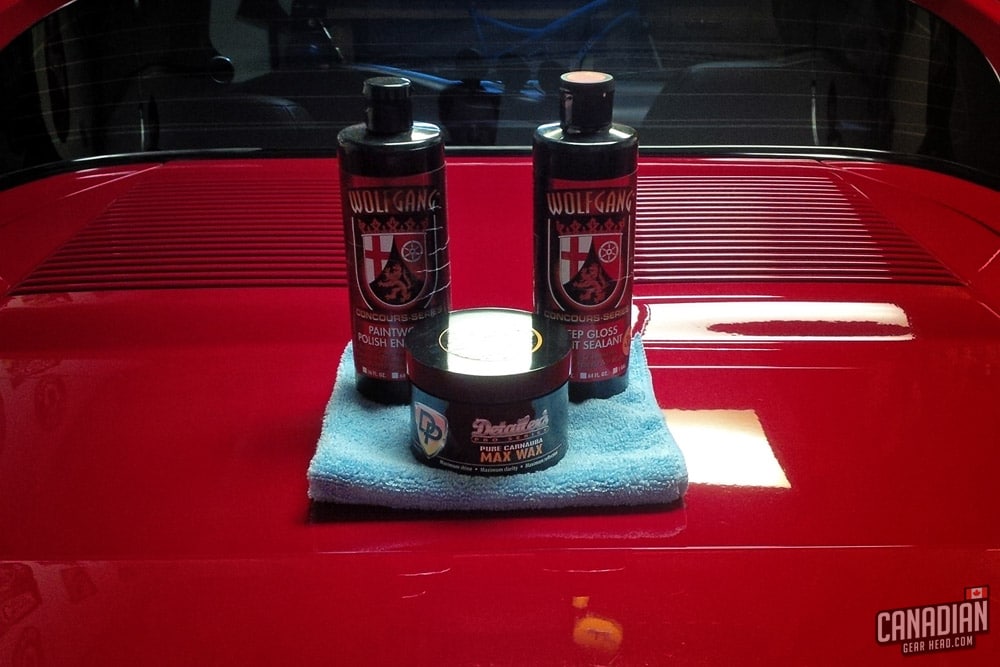
How wax compares to coatings
Is wax dead? Absolutely not. I don’t think there’s any product out there that offers more clarity and shine than a high quality carnuba wax. Waxes are still incredibly popular with show car owners and car collectors.
All they care about is the appearance of their paint. Their cars don’t need a ton of protection because they’re so well cared for and rarely see anything but sunny weather. Some of them don’t even go outside. These cars have nothing to gain from a ceramic coating.
Paint sealants tend to give your paint more of a synthetic look (as do some ceramic coatings). It’s kind of hard to explain if you haven’t seen it for yourself. It isn’t dull or hazy, just a bit “muted”. This is easily remedied by adding a thin layer of wax on top.
While this technique is now considered old school, it’s still very effective. The wax will boost the longevity of the sealant, and when applied to properly polished paint, it looks fantastic. Waxing your car is also therapeutic for many people.
So the comparison between the wax/sealant combo and ceramic coatings is quite simple. Let’s assume in both cases that the vehicle has had a proper paint correction before either option is applied.
It comes down to this: Paint sealant and wax are cheaper, offer less protection and are easier to apply. Ceramic coatings offer much better protection, but are expensive and require more care.

That’s the reality of ceramic coatings, folks. I don’t want you to think I’m completely against them because I’m not. Keep in mind that 2 of my 4 vehicles are coated. It’s a great option if you can afford it and care for it properly!
But the truth is, no product on the market will put a bulletproof force field of protection around your car. The best way to protect your vehicle is to take proper care of it. There’s no magic product that will allow you to avoid this. I hope you’ve found this post helpful in making your decision.
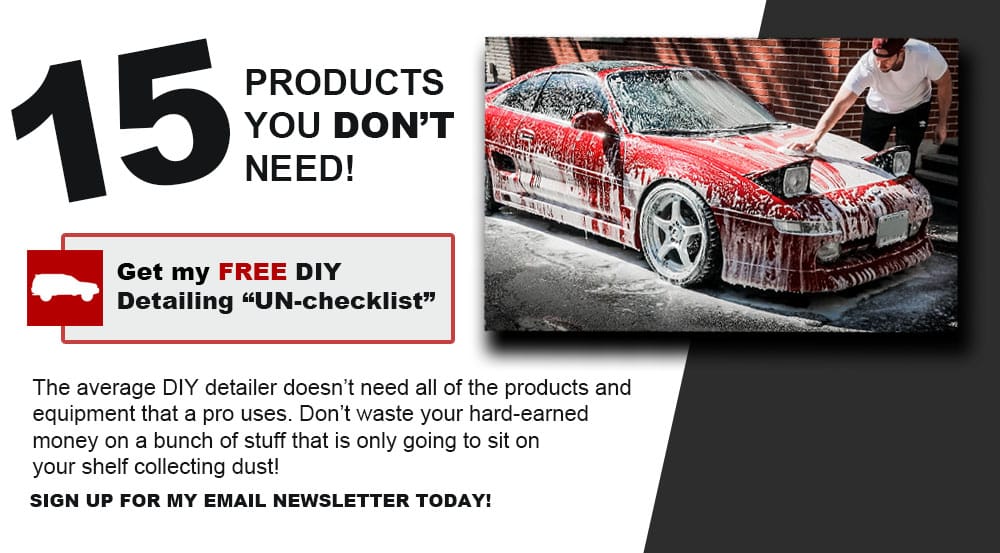

Tim is the creator of Canadian Gearhead. His experience with auto detailing and working for Toyota shows through all of the articles posted here. He runs the Canadian Gearhead site and YouTube channel full-time now and currently owns a 2007 4runner, 2006 Tacoma, and 1991 MR2. Read more about Tim:

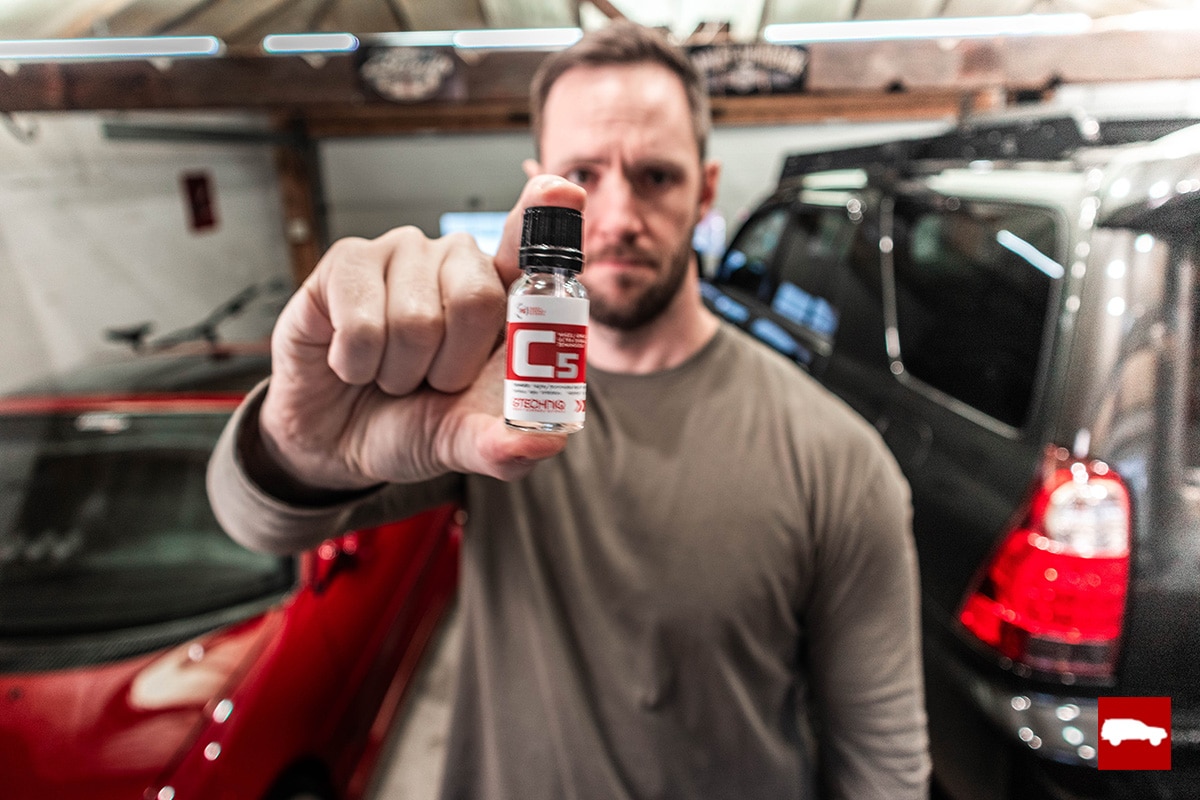

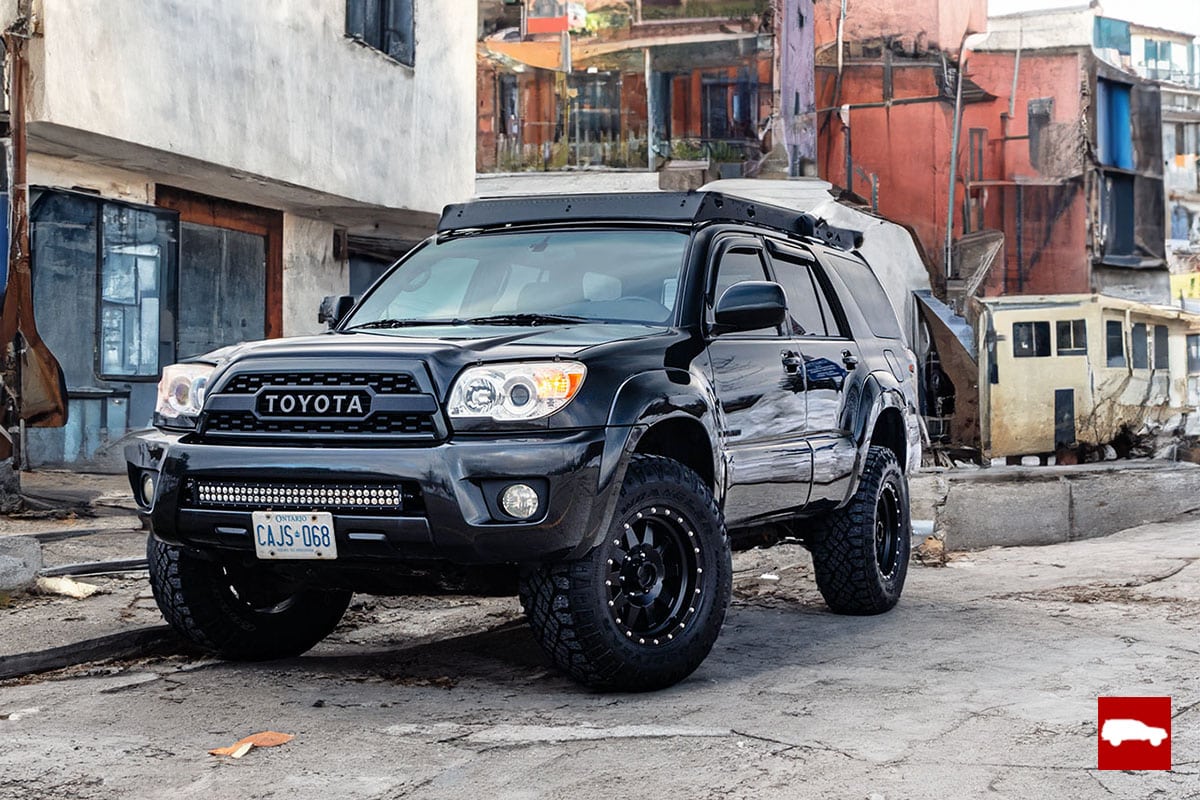
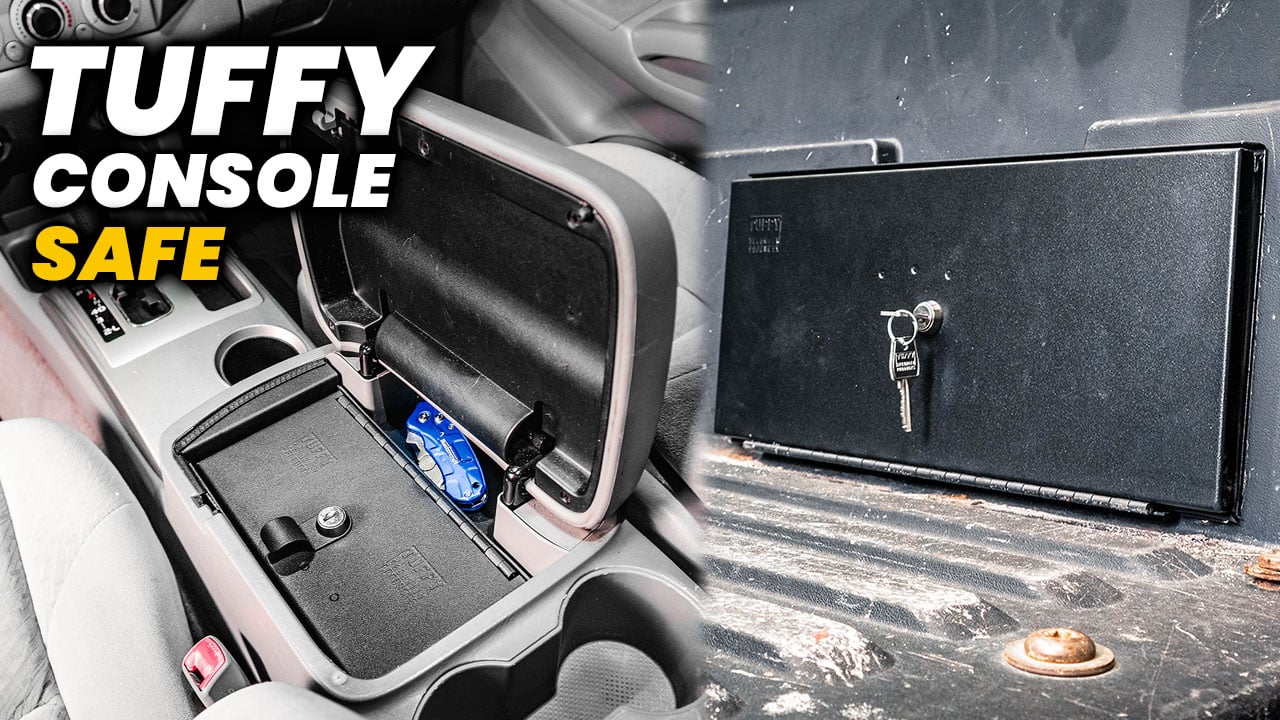
Leave a Reply